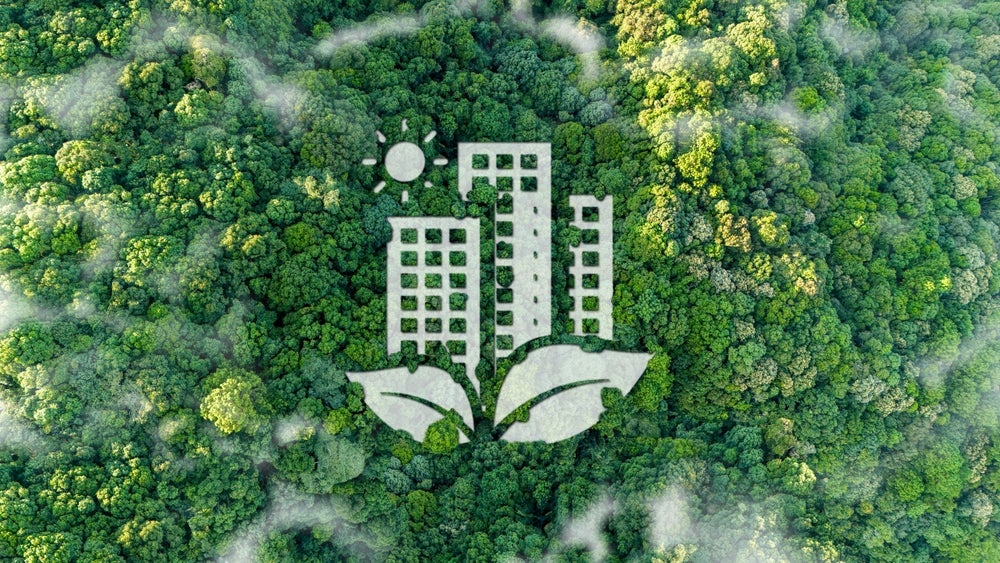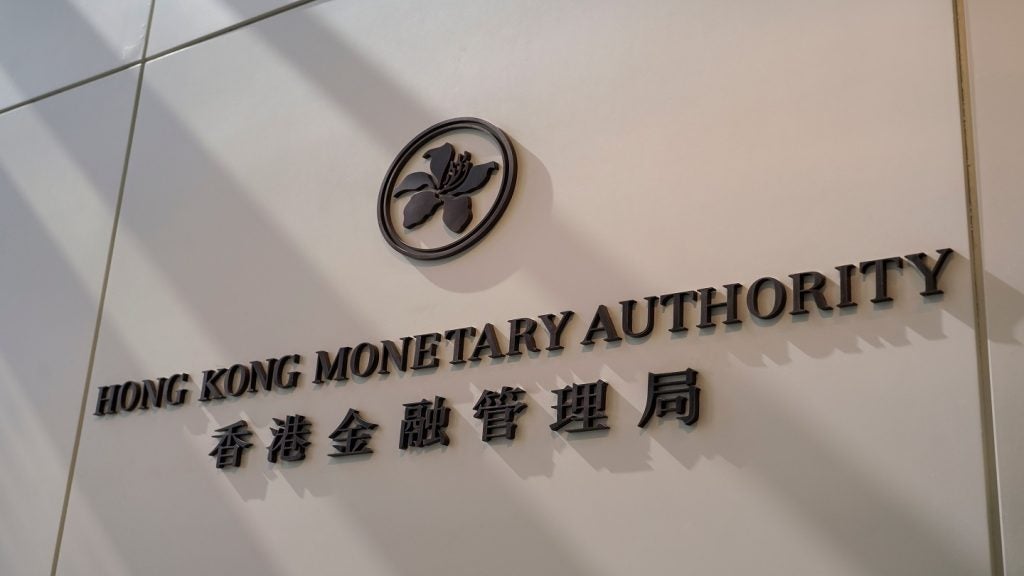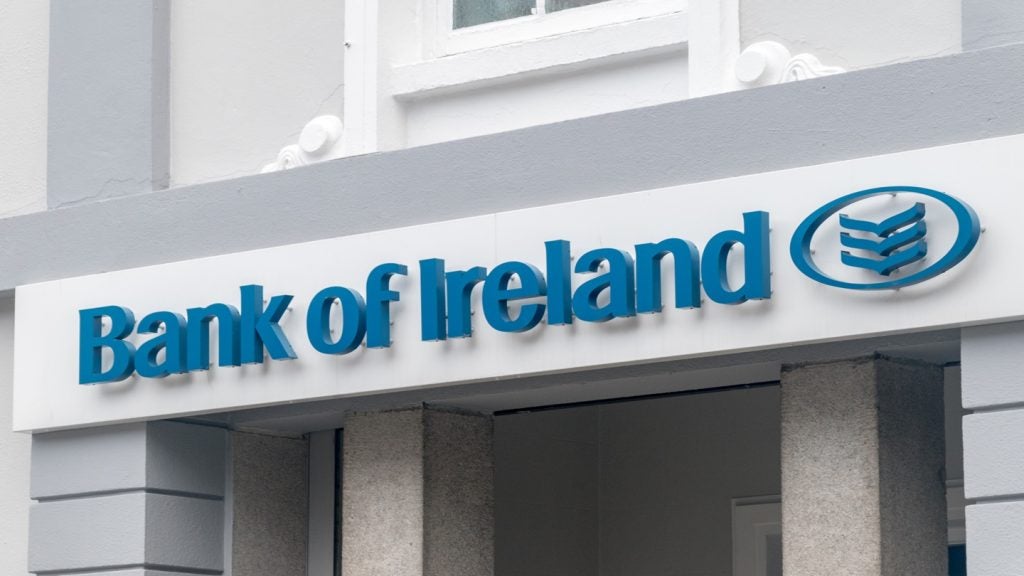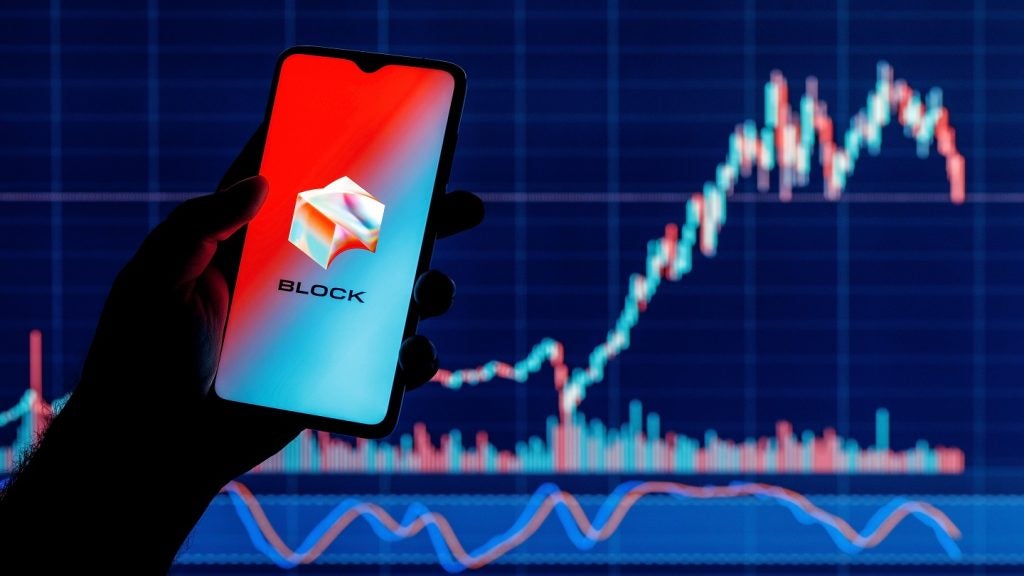Consumers today, more than ever, expect the brands they engage with – including banks – to take real responsibility for sustainability. They demand transparency and meaningful action to reduce environmental impact.
For banks, this isn’t just a necessity – it’s a major opportunity. Do sustainability right, and it becomes a powerful marketing tool, building trust, attracting ESG-conscious customers, and setting your brand apart.
Physical bank branches can play a key role in this. A sustainable branch not only signals a serious commitment to eco-issues but also sets an example for the industry. Beyond the environmental benefits, these branches enhance employee well-being and customer experience. Improved natural lighting and better air circulation create healthier, more pleasant spaces, boosting worker satisfaction and overall performance.
Transitioning to sustainable branches comes with challenges – high upfront costs, outdated infrastructure, and stringent certification standards. But the benefits far outweigh the hurdles. Energy-efficient designs deliver long-term cost savings, while sustainable materials reduce maintenance and operational expenses. These green buildings also increase property value, making them more attractive assets in a market increasingly focused on sustainability.
By prioritising sustainable branch initiatives, banks can drive financial efficiency, strengthen their brand, and future-proof their operations. Investing in greener branches is not just good for the planet – it’s smart business.
Energy-efficient lighting
By designing branches with skylights, large windows, and glass roofs, banks can maximise natural light and create welcoming spaces. LUX studies, which gauge indoor light levels, can help guide these changes. Where artificial lighting is necessary, energy-efficient LED fixtures, dimmer systems, and motion sensors can ensure that no power is wasted. Deutsche Bank’s Twin Towers in Frankfurt exemplify this approach, achieving both LEED Platinum and DGNB Gold certifications after renovations that significantly reduced energy consumption.
Emerging technologies
Innovative technologies are reshaping bank branches to be more sustainable and efficient. AI-driven energy management systems can analyse and optimise power usage in real-time, cutting costs and preventing waste. Electrochromic windows, which adjust their tint based on sunlight, regulate indoor temperatures and reduce the need for air conditioning. Additionally, biophilic design – incorporating plants to improve air quality – boosts employee wellbeing while lowering energy demand for cooling.
Sustainable materials
Low-emission paints, VOC-free adhesives, and recycled materials lower harmful impacts. Certifications like Environmental Product Declarations (EPDs) can provide transparency about a material’s sustainability. While cost and availability can pose challenges, strong supplier partnerships can offer solutions.
Energy-efficient HVAC systems
Heating and cooling systems account for a significant portion of energy use, but smart thermostats, passive ventilation techniques, and improved insulation all work to lower energy demands while keeping employees and customers comfortable. Smart upgrades are especially effective in older buildings, where retrofitting can avoid costly overhauls. The Central Bank of Ireland’s Dublin headquarters, for instance, achieved BREEAM Outstanding status through its innovative HVAC enhancements that reduced energy use and improved air quality.
Solar energy integration
Harnessing solar energy is a practical yet impactful way to cut down on greenhouse gas emissions and reduce operational costs. Even in regions with limited sunlight, solar panels can generate substantial savings – potentially saving over £1,000 annually in energy bills per branch. Emirates NBD serves as a leader in renewable energy adoption, with over 35 branches across the UAE, Saudi Arabia, and India achieving LEED Platinum and Gold certifications through their reliance on solar power.
Green transportation options
Banks can play a pivotal role in reducing carbon emissions by enabling green transportation. Installing electric vehicle (EV) charging stations, incorporating bicycle racks, and offering subsidies for public transport or carpooling initiatives can drive significant change. These efforts also appeal to eco-conscious customers while promoting corporate responsibility.
Sustainable landscaping
Thoughtfully designed outdoor spaces can enhance customer experiences, support biodiversity, and cut down on resource use. Native plants, which require less water and upkeep, make a big difference, as do rainwater harvesting systems for irrigation.
Water conservation strategies
Banks can also conserve water by integrating efficient plumbing fixtures such as low-flow taps and toilets, as well as sensor-activated systems. Rainwater harvesting is another powerful tool, using collected water for irrigation or other non-drinking needs. The Saudi National Bank’s headquarters in Riyadh set a precedent by adopting such strategies, becoming the first bank in the country to earn LEED Platinum status.
Smart waste management
Recycling stations, composting programmes, and adopting digital-first banking strategies can all significantly reduce paper and landfill contributions. Banks transitioning toward fully digital operations are especially well-positioned to align waste management with green certifications, as seen in the Central Bank of Ireland’s exceptional efforts.
Flexible and adaptable design
Designing branches with flexibility in mind ensures they remain sustainable and efficient over time, adapting to changing needs. Modular furniture, multi-functional spaces, and durable materials reduce waste during renovations and improve cost efficiency.
Investing in eco-conscious branch design is a game-changing opportunity for banks to lead with purpose, profit, and impact. By reimagining their spaces through a green lens, financial institutions can unlock long-term profitability, boost resilience, and champion social responsibility.
Yes, the path to sustainability comes with challenges, but the rewards are undeniable. By harnessing key sustainability metrics and tracking ROI, banks can transform their green efforts into measurable success, driving business growth while actively contributing to a healthier planet.
Prioritising eco-friendly practices like energy-efficient HVAC systems, adaptive and flexible designs, or solar energy solutions signals more than compliance. It positions banks as forward-thinking leaders, ready to engage an increasingly eco-conscious customer base. It shows a bold commitment to innovation, environmental stewardship, and a smarter, greener future.
Sustainable branches aren’t just spaces – they’re a statement of leadership and a powerful showcase for a bank’s brand values. Ultimately, they use their physical presence as a commitment to a smarter and greener future.
Jon Blakeney is co-founder and group Managing Director at I-AM








